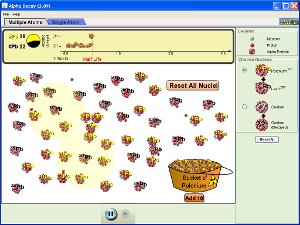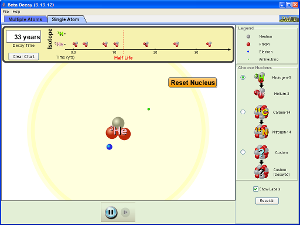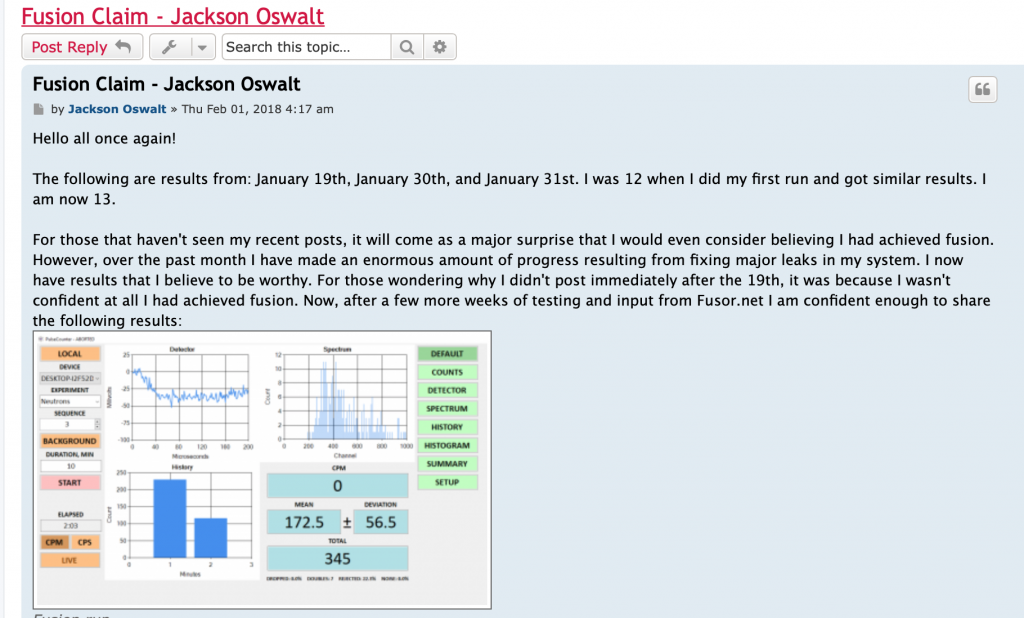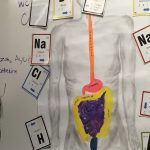Unit 2: Chemical Processes requires an energy change as atoms are rearranged
Please use the following information to support you as you learn about the following topics:
-
Explain how the rearrangement of atoms makes new products in a chemical reaction.
-
What is an acid? What is a base? What properties do acids and bases exhibit?
-
How is the law of conservation of mass used to investigate chemical change?
-
How do changes in chemical energy contribute to types of chemical reactions? What are endothermic and exothermic reactions?
-
What are the practical applications and implications of chemical processes?
-
How do first people use chemical processes for food and material production?
CHEM NOTE PACKAGE – Student Version
4.1 PPT – Atomic Theory and Bonding
4.1 Atomic Theory and Bonding – Student Notes
Groups on the Periodic Table PPT
Organization of the periodic table
A periodic table that shows how elements are used
Wooden Periodic Table – Theodor Gray
Another version of the Bohr Atom
4.2 PPT – Names and Formulas of Compounds
4.2 Names and Formulas of Compounds – Student Notes
4.3 Chemical Equations – Student Notes
4.3 Chemical Equations – Student Notes KEY
Balancing Equations: 5 Tips to Balance Equations
Ch 5: Compounds are Classified in Different Ways
 Loading...
Loading...
 Loading...
Loading...
Ch 6: Chemical Reactions occur in Predictable Ways
Ch. 6 Chemical Reactions are Classified in Different Ways
6.1 Types of Chemical Reactions – PPT
6.1 Types of Chemical Reactions – Student Notes
6.2 Factors Affecting Reaction Rates – PPT
6.2 Factors Affecting Reaction Rates – Student Notes
Ch 7: The Atomic Theory Explains Radioactivity
Ch. 7 Atomic Theory Explains Radioactivity
Radio Lab Podcast: Restricted Data the Nuclear Secrecy Blog (always worth a listen)!
Canadian Safety Nuclear Commission (your one stop research site) *****
Nuclear Power the Basics Explained
Learn more about the most radioactive places on earth:
Chernobyl Museum
Learn how to write alpha decay equations:
Use the following pHET Sims to learn more about radioactive decay.






